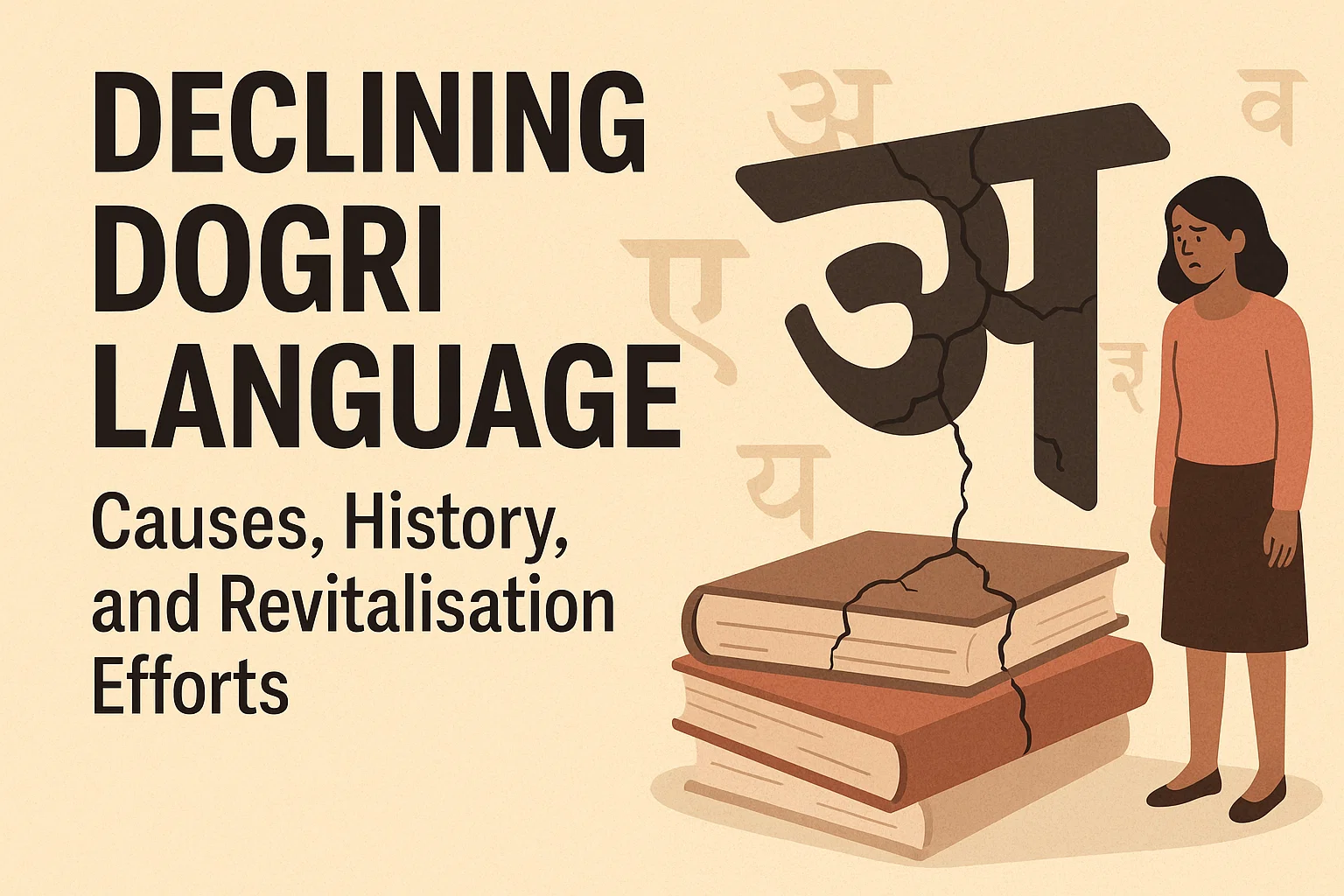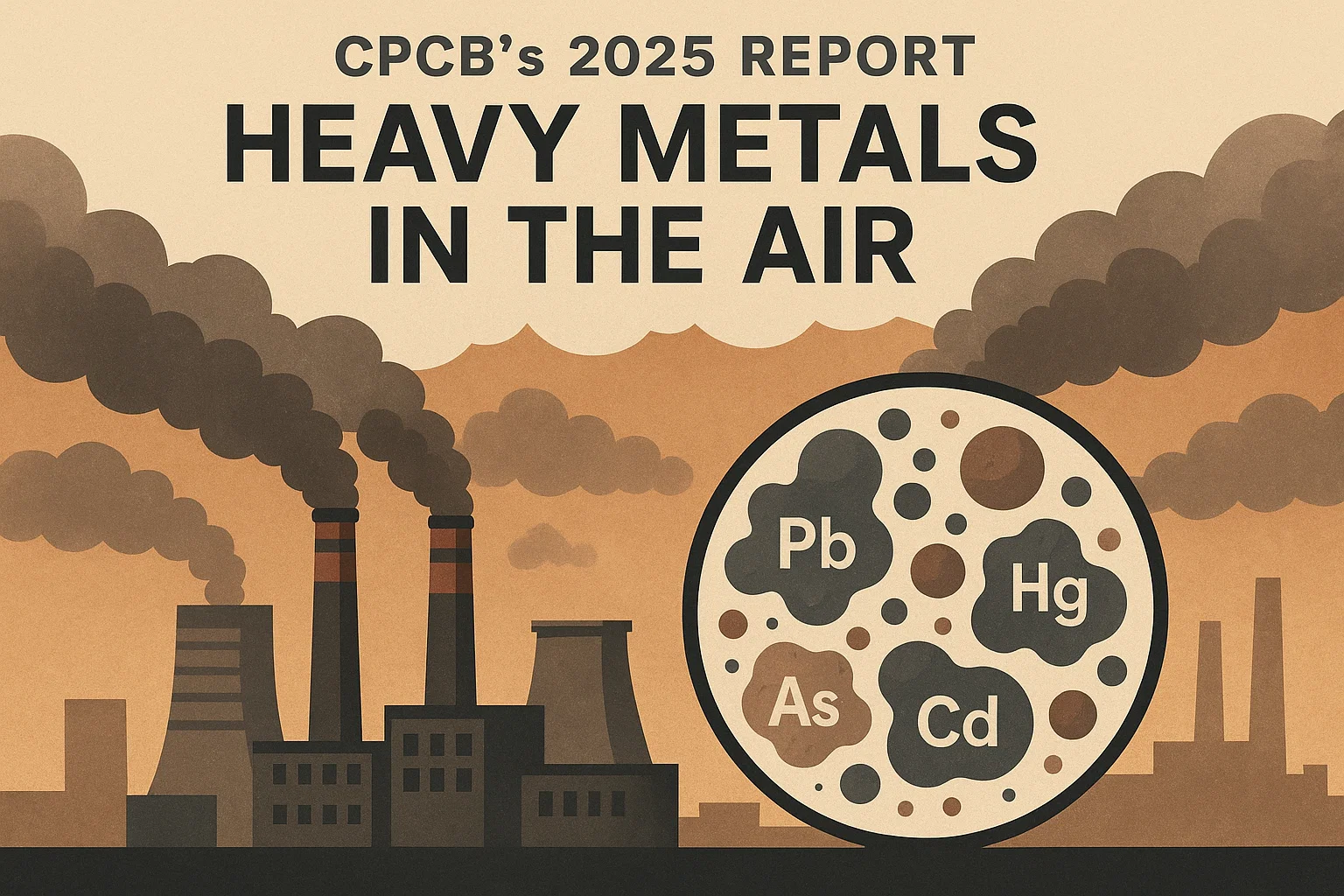Font size:
Print
Rural Spending: Convergence with Urban Markets and Future Trends
Context : Rural Spending
According to a joint report by consultancy Deloitte and the Retailers Association of India (RAI) Rural spending in India is witnessing a structural transformation, aligning with urban consumption patterns.
- Factors such as economic recovery, digital penetration, evolving aspirations, and financial inclusion are driving this shift.
- FMCG companies, retailers, and quick commerce platforms are adapting their strategies to tap into this potential market.
Key Drivers of Change
- Economic Recovery and Rising Aspirations
-
- The rural economy is rebounding, leading to increased disposable income and discretionary spending.
- Consumers in rural areas now aspire for premium products and services, similar to urban counterparts.
- The trend of mass personalisation is gaining traction, with brands offering tailored solutions to rural consumers.
- Growth of Quick Commerce (Q-Comm)
-
- Quick commerce, initially an urban phenomenon, is expanding into smaller towns and cities.
- Deloitte projects that q-comm will grow into a $40-billion market by 2030, from $4 billion currently.
- The industry is expected to grow at 47% per annum over the next five years.
- Digital Influence on Consumption Patterns
-
- Rural consumers increasingly use digital platforms for product discovery, purchases, and payments.
- E-commerce and digital payments are fostering a shift from traditional retail to online transactions.
- Companies are leveraging social media, vernacular content, and digital marketing to engage rural audiences.
Changing Composition of Rural Spending
- Declining Share of Food Expenditure
- The share of food and food services in rural spending is expected to decline from 51.2% in 2023 to 49% in 2030.
- In urban households, this figure is likely to decrease from 42.2% to 40.45% in the same period.
- This reflects a diversification of expenditure towards discretionary spending.
- Increased Allocation to Discretionary Spending
-
- Rural households will allocate more resources to packaged food and dining, rising from 9.4% to 11.3% by 2030.
- Spending on travel and recreation is expected to increase significantly, mirroring urban aspirations.
- Consumer electronics and appliances demand will rise due to access to financing and aspirational growth.
- Evolution of Health and Wellness Priorities
- Health, wellness, and fitness spending will see an increase, aligning with urban trends.
- Companies are focusing on health-conscious products, nutritional supplements, and fitness solutions for rural consumers.
Implications for Industry and Policy
- FMCG and Retail Strategy Realignment
-
- FMCG companies are offering access packs of premium items to attract rural consumers.
- More retail stores are being established in smaller towns to cater to the rising demand.
- Customised marketing campaigns focusing on vernacular and digital engagement are being deployed.
- Infrastructure and Digital Ecosystem Development
-
- Increased rural spending necessitates better infrastructure, logistics, and supply chain networks.
- Expanding internet connectivity and mobile penetration will further boost rural e-commerce.
- Financial inclusion initiatives must ensure greater access to credit and digital payment solutions.
- Policy Focus on Sustainable Growth
-
- Government policies should support rural entrepreneurship and digital skilling programs.
- Encouraging microfinance and self-help groups will enhance rural purchasing power.
- Investments in education and skill development will ensure long-term economic resilience.
Subscribe to our YouTube Channel for more Valuable Content – TheStudyias
Download the App to Subscribe to our Courses – Thestudyias
The Source’s Authority and Ownership of the Article is Claimed By THE STUDY IAS BY MANIKANT SINGH


